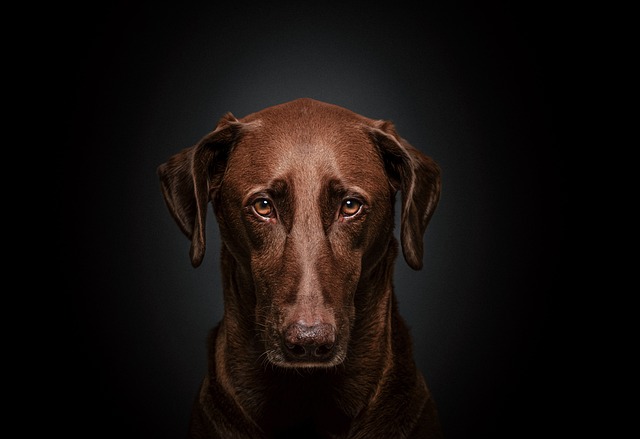
What are the 5 steps to train a dog?
Training a dog isn't just about teaching tricks—it's the key to building a harmonious life together. Whether you're a new puppy parent or adopting an adult dog,
During the process of getting along with dogs, we are always faced with some sweet "little troubles". When we get home from work, our dogs often rush towards us like an enthusiastic little cannonball, putting their front paws on us and jumping up and down excitedly. When there are guests at home, it may also be unable to contain its excitement and express its "welcome" by jumping up. Although the dog's jumping behavior is full of its strong love for us, it may not only dirty our clothes but also cause trouble to others and even pose a certain safety hazard. Many dog owners are thus deeply troubled: exactly how can we train our dogs to get rid of the habit of jumping up?
There are various reasons behind a dog's jumping behavior. In the puppy stage, dogs are full of energy and highly curious. Jumping is a way for them to explore the world and attract their owner's attention. They long to interact with their owners and hope to receive attention and praise. When they jump up, if the owner responds, even if it's a scolding, in the dog's view, it is still a form of attention, and thus the jumping behavior is reinforced. In addition, dogs have a certain degree of sociality. When they encounter the same kind or strangers, jumping is an instinctive behavior for them to greet. In their cognition, this is a friendly way of socializing. However, humans are not accustomed to this enthusiastic "greeting". Therefore, understanding the motivation behind a dog's jumping is a crucial step in helping them get rid of this behavior.
To train a dog not to jump, we need to find appropriate moments in its daily behavior. When the dog jumps up, we should stay calm and avoid overreacting. Many owners, when their dogs jump up, will instinctively push them away or scold them loudly. This approach not only fails to stop the dog's behavior but may even make the dog more excited because it has received the owner's attention. The correct way is that when the dog jumps up, we can immediately turn around, face away from the dog, avoid making eye contact with it, and at the same time, do not give any response. At this time, the dog will realize that jumping up will not get the attention it wants, and thus gradually stop this behavior. When the dog calms down and has all four feet on the ground, we should give praise and rewards in a timely manner. It can be a gentle stroke or a delicious snack. This positive feedback can let the dog understand that quiet behavior will be recognized by the owner.
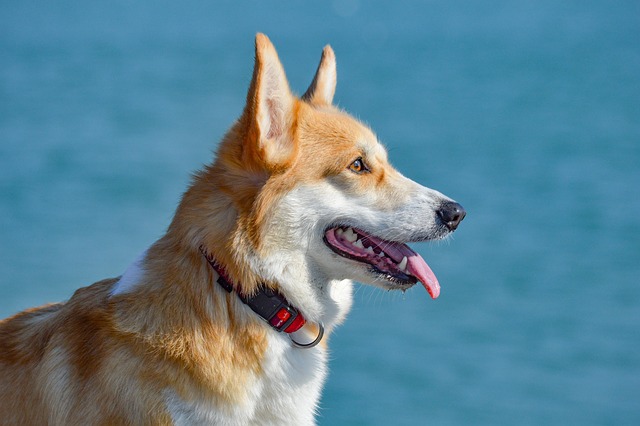 In order for the dog to better understand our intentions, it is crucial to establish a clear command. For example, when the dog jumps up, we can issue the command "no jumping" in a firm and clear voice. At first, the dog may not understand the meaning of the command. At this time, we can cooperate with a gesture, swinging our hands downward to signal the dog not to jump up. Train repeatedly to let the dog associate the command with the behavior. At the same time, in daily life, we should maintain the consistency of the command, and family members should also be consistent in their statements to avoid confusing the dog.
In order for the dog to better understand our intentions, it is crucial to establish a clear command. For example, when the dog jumps up, we can issue the command "no jumping" in a firm and clear voice. At first, the dog may not understand the meaning of the command. At this time, we can cooperate with a gesture, swinging our hands downward to signal the dog not to jump up. Train repeatedly to let the dog associate the command with the behavior. At the same time, in daily life, we should maintain the consistency of the command, and family members should also be consistent in their statements to avoid confusing the dog.
Consuming the dog's excess energy is also very important for correcting the jumping behavior. When a dog is full of energy but has nowhere to release it, it is more likely to exhibit behaviors such as jumping up. Taking the dog for an appropriate amount of exercise every day, such as walking, running, or playing frisbee games, can not only exercise its body but also relax its mind. When the dog has consumed a lot of energy during exercise, it will be more willing to rest quietly when it gets home, reducing the occurrence of jumping behavior.
Using some auxiliary tools can also help us train the dog not to jump. For example, use a leash. When the dog jumps up, we can gently pull the leash to give the dog a slight resistance, and at the same time, issue the command "no jumping". But pay attention that the force of the leash should be moderate to avoid causing harm to the dog. In addition, there are some anti-jumping harnesses on the market that will automatically tighten when the dog jumps up, restricting the dog's movements and reminding it not to jump.
During the training process, the owner's patience and perseverance are the keys to success. A dog's behavior habits are not formed overnight, so the training cannot be accomplished in one go. In this process, the dog may relapse, which is a very normal phenomenon. When the dog jumps up again, we should not be discouraged, let alone beat or scold the dog. Instead, we should continue to patiently guide it according to the training method. Every time the dog successfully controls itself and does not jump up, it is a step forward, and we should give encouragement and praise in a timely manner.
Dogs are our loyal companions in life, accompanying us with their pure love. Training a dog not to jump is not only to help it develop good behavior habits but also to create a harmonious environment for humans and pets to get along. In this process, the trust and emotional bond between us and the dog will become even deeper.

Training a dog isn't just about teaching tricks—it's the key to building a harmonious life together. Whether you're a new puppy parent or adopting an adult dog,
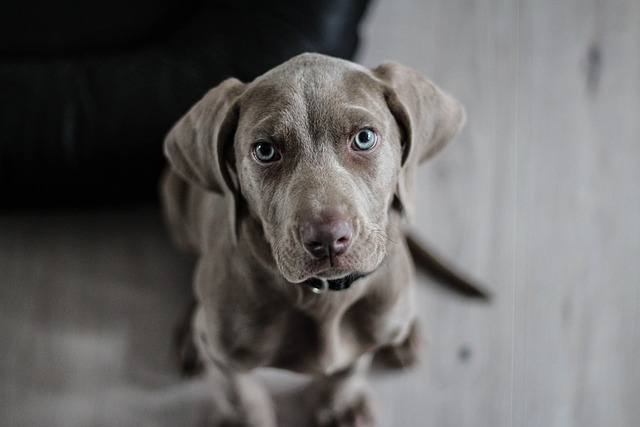
Imagine watching your dog’s ears perk up as they catch a whiff of something exciting. If you’re planning to start scent training your furry friend, you’ve probably wondered

Picture your eight-week-old Labrador, Luna, discovering a dropped blueberry under your Boston kitchen table—her entire body wiggles with nose-driven joy.
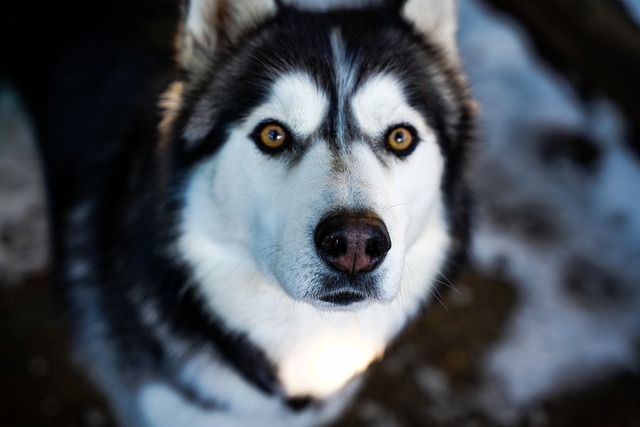
Picture this: You’re welcoming guests into your Seattle apartment when your exuberant Labrador, Buddy, launches himself onto your aunt’s cream sweater—paws first.
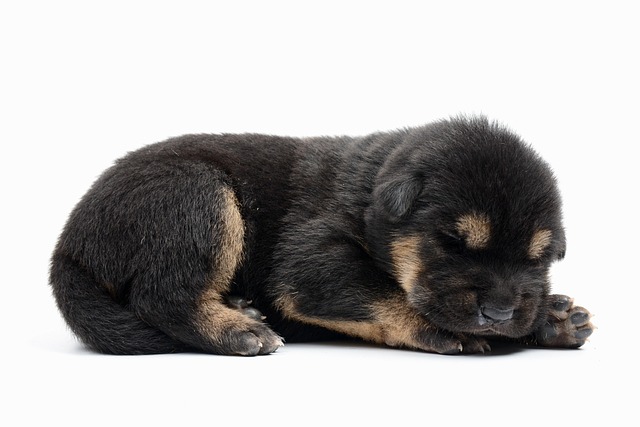
Watching your dog trot back with a ball or newspaper in their mouth is a classic canine sight—and a skill you can teach with patience and play.
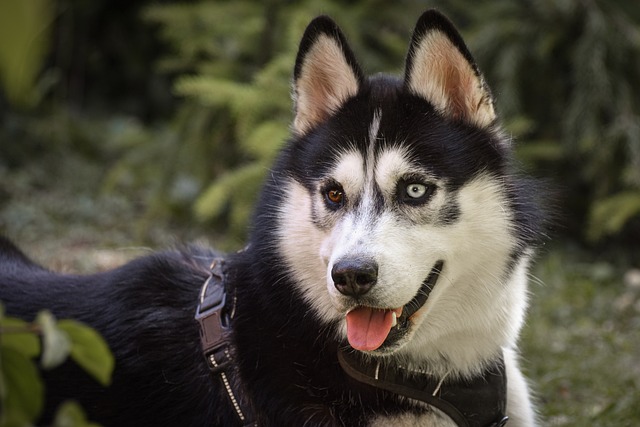
Picture this: You’re out for a morning walk with your dog, and suddenly, they bare their teeth and lunge at a jogger. It’s a heart-stopping moment